If you’re looking for a precise and efficient way to cut materials, laser cutting might be just what you need. Laser cutting is a process that uses a high-powered laser to cut through materials like metal, plastic, wood, and more. This technology has many applications, from industrial manufacturing to schools, corporations, and hobbyists.
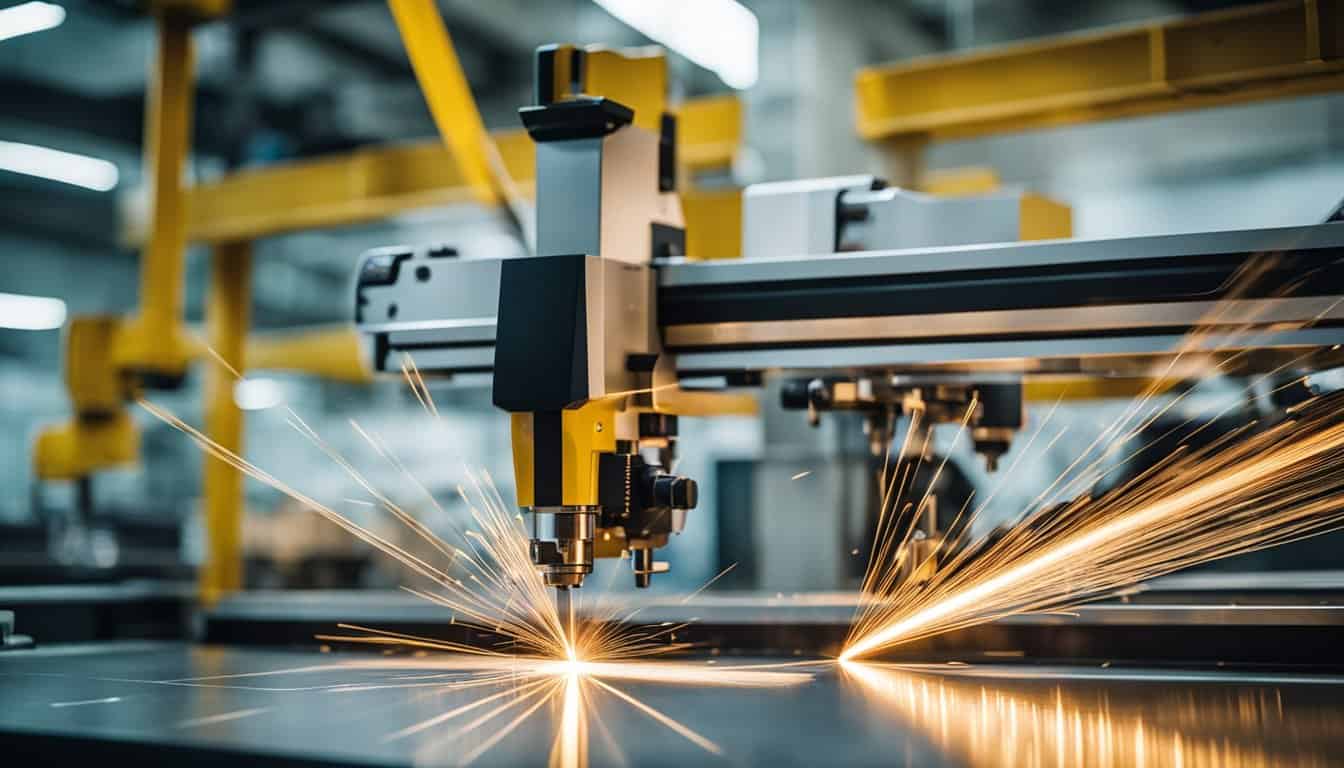
Singapore is a hub for innovation and technology, and laser cutting is no exception. There are many companies in Singapore that specialize in laser cutting services, offering a range of options for different materials and applications. Whether you need a one-time project or ongoing support, there are many options to choose from. In this article, we’ll explore the basics of laser cutting, its applications, and how it’s being used in Singapore.
Key Takeaways
- Laser cutting is a precise and efficient way to cut materials using high-powered lasers.
- Singapore is home to many companies that specialize in laser cutting services for a variety of materials and applications.
- Laser cutting has many applications, from industrial manufacturing to schools, corporations, and hobbyists.
Basics of Laser Cutting
Laser cutting is a popular and efficient method of fabrication that uses laser technology to cut materials with precision and accuracy. In this section, we will cover the basics of laser cutting, including understanding laser technology, the types of laser cutting machines, materials compatible with laser cutting, benefits of laser cutting, safety, and maintenance.
Understanding Laser Technology
Laser technology uses a high-energy beam of light to cut through materials. The laser beam is created by exciting a gas, such as CO2 or fiber, or a solid-state material, such as a crystal. The beam is then focused and directed onto the material being cut. The energy from the laser beam melts or vaporizes the material, leaving a clean, precise cut.
Types of Laser Cutting Machines
There are two main types of laser cutting machines: CO2 and fiber. CO2 lasers are best suited for cutting non-metallic materials, such as wood, plastic, acrylic, leather, and foam. Fiber lasers, on the other hand, are designed for cutting metal materials, including brass, copper, aluminum, stainless steel, and mild steel. Both machines use CNC (Computer Numerical Control) technology to control the laser beam and create precise cuts.
Materials Compatible with Laser Cutting
Laser cutting is a versatile method that can be used to cut a wide range of materials, including metal, wood, plastic, and acrylic. It is also suitable for cutting leather, foam, and other materials. Laser cutting is ideal for creating intricate designs and shapes, and it can be used to cut materials of varying thicknesses.
Benefits of Laser Cutting
Laser cutting offers several advantages over traditional cutting methods. It is faster, more precise, and more efficient than other cutting methods. Laser cutting machines also offer automation, which reduces the need for manual labor and increases productivity. The quality of the cut is also high, with clean edges and minimal distortion.
Safety and Maintenance
Laser cutting machines require regular maintenance to ensure they are operating safely and efficiently. This includes cleaning the machine, checking and replacing parts as needed, and ensuring the machine is calibrated correctly. It is also important to follow safety guidelines when operating a laser cutting machine, including wearing protective gear and ensuring the machine is properly ventilated.
In conclusion, laser cutting is a popular and efficient method of fabrication that uses laser technology to cut materials with precision and accuracy. By understanding the basics of laser cutting, including laser technology, types of laser cutting machines, materials compatible with laser cutting, benefits of laser cutting, safety, and maintenance, you can make an informed decision on whether laser cutting is the right method for your project.
Laser Cutting Applications
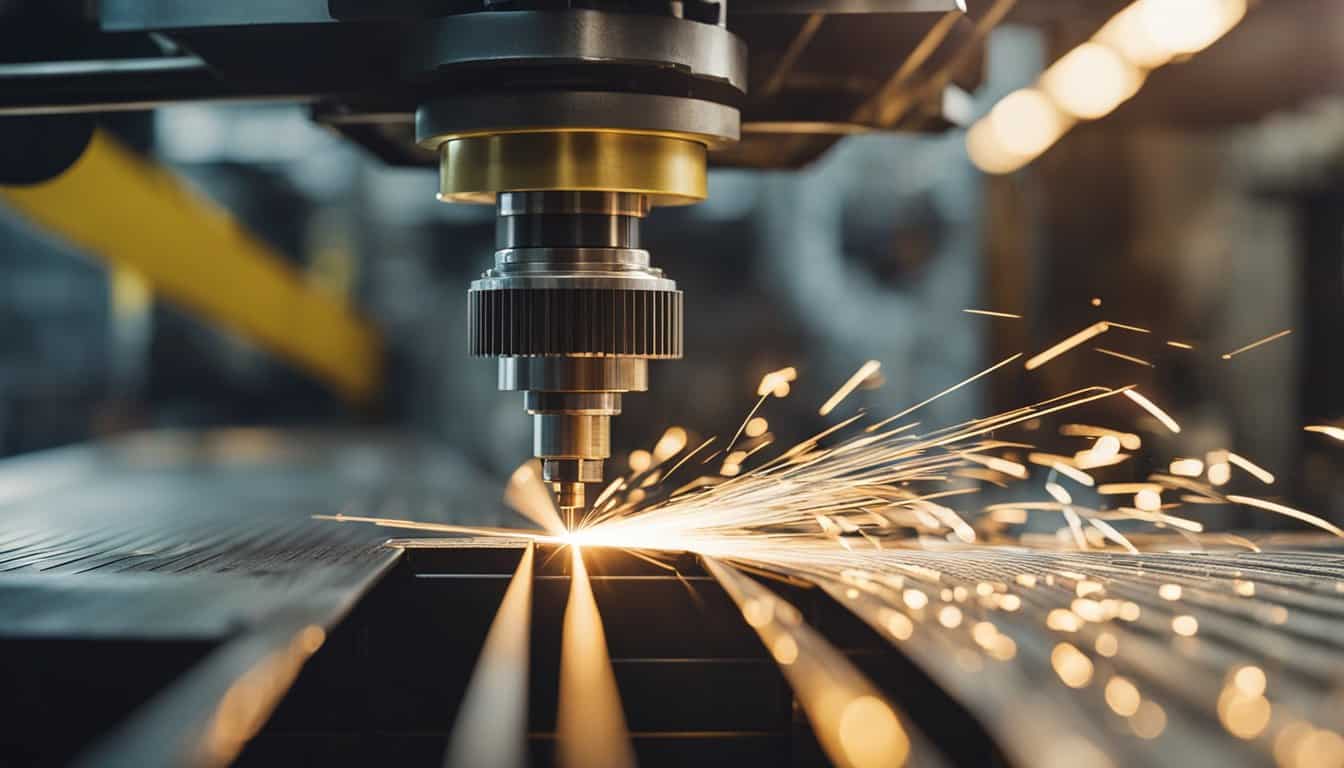
If you are wondering what laser cutting can be used for, the answer is: a lot! Laser cutting technology is versatile and can be applied in various industries and fields. Here are some of the most common laser cutting applications:
Industrial Manufacturing
Laser cutting is widely used in industrial manufacturing. It is a precise and efficient way of cutting a wide range of materials, including metals, plastics, and textiles. Laser cutting machines can cut complex shapes and patterns with high accuracy and repeatability, making it ideal for mass production of parts and components.
Art and Design
Laser cutting is also popular in the art and design industry. It can be used for engraving, etching, and cutting a variety of materials, such as wood, acrylic, and paper. Laser cutting machines can create intricate designs and patterns that are difficult or impossible to achieve with traditional methods. It is also a great way to produce custom-made gifts and decorations.
Educational Uses
Laser cutting technology is increasingly being used in schools and universities. It is a great way to introduce students to the world of manufacturing and engineering. Laser cutting machines can be used to create prototypes, models, and other educational materials. It is also a fun and engaging way to teach students about design and technology.
Custom Fabrication Services
Laser cutting services are available for custom fabrication and assembly. Whether you need a one-off prototype or a large-scale production run, laser cutting can help you achieve your goals. Laser cutting machines can cut and shape a wide range of materials, including metals, plastics, and woods. They can also be used for engraving and marking parts and components.
In conclusion, laser cutting technology has many applications and is a valuable tool in a wide range of industries and fields. Whether you are in manufacturing, art and design, education, or custom fabrication services, laser cutting can help you achieve your goals with precision and efficiency.
Laser Cutting in Singapore
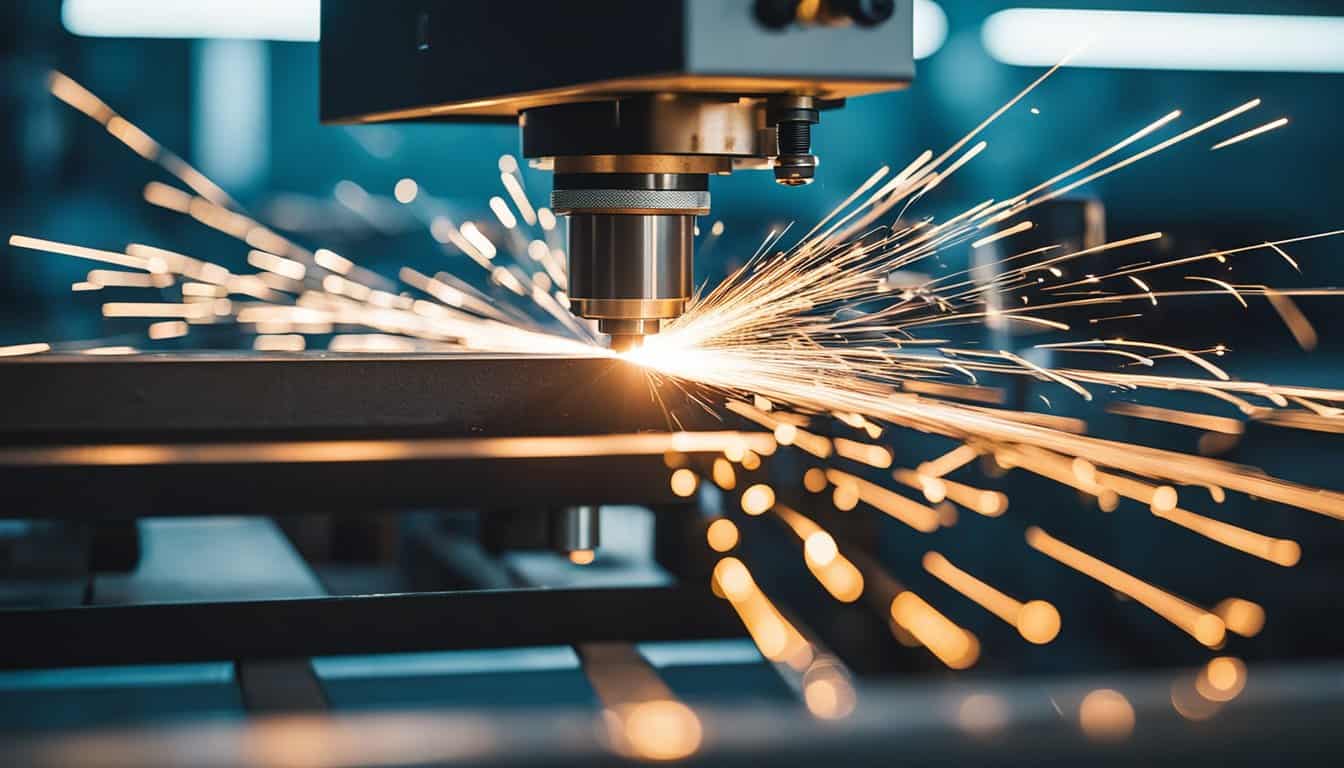
If you’re looking for laser cutting services in Singapore, you’re in luck! Singapore is home to some of the leading providers of laser cutting services in the world. Let’s take a closer look at some of the key players in the industry, as well as some of the latest innovations and trends.
Leading Providers
There are several companies in Singapore that specialize in laser cutting services. Some of the most well-known providers include FMB Trading and Engineering, Plixo, Repla, Twogeek, LionsForge Pte Ltd, Finmark Laser, and Masutai Engineering. Each of these companies offers a unique set of services and capabilities, so it’s important to do your research and find the one that best meets your needs.
Innovations and Trends
One of the biggest trends in laser cutting services is the use of 3-axis laser engraving. This technology allows for greater precision and accuracy in cutting and engraving, which is especially important for small businesses that need to create intricate designs and patterns. Another trend is the use of precision machining, which allows for even greater accuracy and consistency in cutting.
Local Industry Growth
The laser cutting industry in Singapore is growing rapidly, thanks in part to the increasing demand for precision cutting and engraving services. As more and more businesses look to improve their sales, advertising, and branding efforts, laser cutting is becoming an increasingly popular choice. Additionally, events like the Automation Design and Manufacturing Asia Exhibition have helped to raise awareness of the latest innovations and trends in the industry, further fueling growth and expansion.
Overall, laser cutting services in Singapore are among the best in the world, with a wide range of providers offering cutting-edge technology and top-notch service. Whether you’re a small business looking to improve your branding efforts or a larger corporation in need of precision cutting and engraving services, there’s sure to be a provider in Singapore that can meet your needs.
Technical Aspects of Laser Cutting

Laser cutting is an innovative technology that offers a high level of precision and accuracy for detailed work. It is widely used in the manufacturing industry to cut and engrave materials such as sheet metal, plate, and tube. In this section, we will discuss the technical aspects of laser cutting and how they affect the quality of the cut.
Machine Calibration and Settings
One of the most important aspects of laser cutting is machine calibration and settings. The laser cutting machine must be calibrated properly to ensure accurate and precise cuts. The calibration process involves adjusting the laser beam’s focus, power, and speed to achieve the desired cutting quality and edge precision.
The laser cutting machine’s settings should be adjusted based on the material being cut. Different materials require different laser power and speed settings to achieve optimal cutting quality. The machine’s settings should also be adjusted to compensate for any material contamination or irregularities.
Cutting Quality and Edge Precision
Laser cutting offers a high level of cutting quality and edge precision. The laser beam’s narrow width allows for intricate cuts and designs that traditional saw cutting methods cannot achieve. The cutting quality and edge precision are affected by several factors, including the laser beam’s focus, power, speed, and the material being cut.
The laser beam’s focus is critical to achieving high-quality cuts and precise edges. The laser beam’s power and speed should also be adjusted based on the material being cut to achieve optimal cutting quality and edge precision.
Material Preparation and Handling
The material being cut must be properly prepared and handled to achieve optimal cutting quality and edge precision. The material should be free of any contamination or irregularities that could affect the cutting quality. The material should also be properly secured and supported to prevent any movement during the cutting process.
The laser cutting machine’s settings should be adjusted based on the material being cut to achieve optimal cutting quality and edge precision. Different materials require different laser power and speed settings. The machine’s settings should also be adjusted to compensate for any material contamination or irregularities.
In conclusion, laser cutting is an innovative technology that offers a high level of precision and accuracy for detailed work. The technical aspects of laser cutting, including machine calibration and settings, cutting quality and edge precision, and material preparation and handling, are critical to achieving optimal cutting quality and edge precision.
Cost and Efficiency
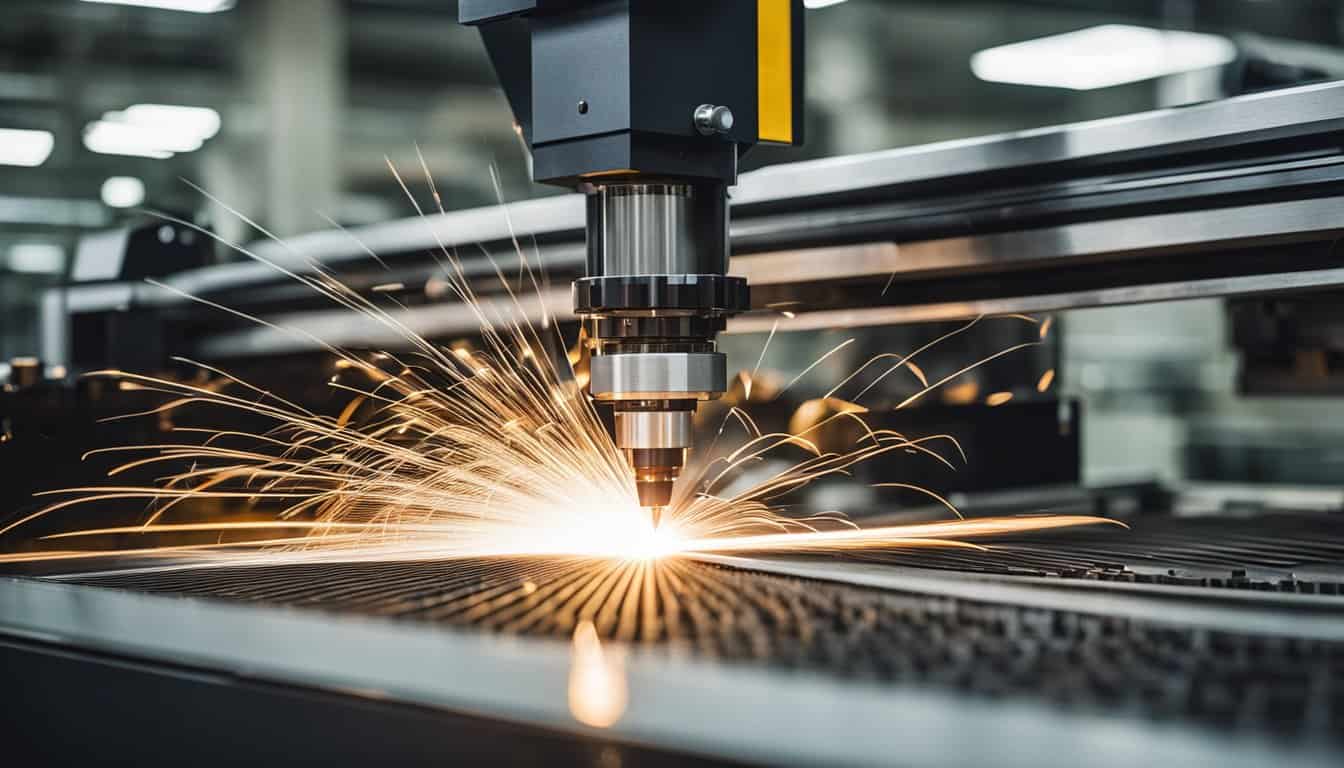
If you are looking for laser cutting services in Singapore, it is important to consider both the cost and efficiency of the service. In this section, we will discuss some of the key factors that impact the cost and efficiency of laser cutting services.
Pricing Strategies
Different laser cutting services in Singapore may have different pricing strategies. Some may charge by the hour, while others may charge by the project. It is important to understand the pricing strategy of the service you are considering to ensure that you are getting a fair price. Additionally, some services may offer discounts for larger projects or bulk orders, so it is worth asking about these options if you have a large project.
Maximizing Output
One way to increase efficiency and reduce costs is to maximize the output of your laser cutting service. This can be done in a number of ways, such as by optimizing the design of your project to minimize waste, or by using automation to speed up the cutting process. By maximizing output, you can reduce the amount of time and energy required to complete your project, which can result in significant cost savings.
Energy Consumption and Savings
Laser cutting can be energy-intensive, so it is important to consider the energy consumption of your chosen service. Some services may use more energy than others, which can impact both the cost and environmental impact of your project. Look for services that use energy-efficient equipment and practices, and consider using materials that require less energy to cut.
In summary, when choosing a laser cutting service in Singapore, it is important to consider both the cost and efficiency of the service. Look for services with fair pricing strategies, and consider ways to maximize output and reduce energy consumption to save money and reduce your environmental impact.
Advanced Techniques and Processes
If you’re looking for precision and accuracy in your fabrication projects, laser cutting is the way to go. However, advanced techniques and processes can take your laser cutting projects to the next level.
CNC Bending and Metal Forming
CNC bending and metal forming can be combined with laser cutting to create complex and precise shapes. With CNC bending, you can achieve a higher level of precision when it comes to bending and forming metal. This process allows for a higher level of repeatability, which means that you can create complex shapes with ease.
Laser Engraving and Marking
Laser engraving and marking can be used to add text, logos, and other designs to your laser-cut parts. This process is great for adding a personal touch to your projects. Laser engraving and marking can also be used to create serial numbers, barcodes, and other identification marks on your parts.
Combining Laser Cutting with Other Processes
Laser cutting can be combined with other processes such as welding, machining, and assembly to create a complete manufacturing solution. By combining these processes, you can create complex parts with ease.
Overall, the advanced techniques and processes that can be combined with laser cutting make it a versatile technology for metalworking and fabrication. Whether you’re looking to create a simple part or a complex assembly, laser cutting can help you achieve the precision and accuracy you need.
Customer Engagement and Satisfaction
When it comes to laser cutting services in Singapore, personalized services are crucial for ensuring customer satisfaction. By offering tailored solutions that meet the specific needs of each client, you can enhance their experience and build long-lasting relationships. Whether it’s custom designs, unique materials, or specific dimensions, providing personalized options can set your services apart and leave a lasting impression on your customers.
Personalized Services
By offering personalized laser cutting services, you can cater to the individual preferences and requirements of your customers, ultimately leading to higher satisfaction levels. Whether it’s engraving personalized messages, creating custom shapes, or accommodating unique materials, the ability to tailor your services to each customer’s needs can significantly enhance their experience and strengthen their loyalty to your brand.
After-Sales Support
After-sales support plays a crucial role in ensuring customer satisfaction. By offering comprehensive assistance, guidance, and troubleshooting after the completion of a project, you can demonstrate your commitment to your customers’ success. This level of support can help address any potential issues or concerns, further solidifying their trust in your services and fostering a positive relationship.
Building Brand Loyalty
Providing exceptional after-sales support and personalized services can contribute to building strong brand loyalty. When customers feel valued and supported throughout their entire experience with your laser cutting services, they are more likely to return for future projects and recommend your business to others. This loyalty can ultimately lead to increased sales and positive word-of-mouth advertising, further enhancing your brand’s reputation in the market.
Material Sourcing and Sustainability
Laser cutting in Singapore requires a reliable supply of high-quality materials to produce precise cuts. When it comes to material sourcing, you have two options: local or imported materials.

Local vs Imported Materials
There are advantages and disadvantages to both local and imported materials. Local materials are readily available, reducing lead times and transportation costs. You can easily check the quality of the materials before purchasing, and you have the added benefit of supporting local businesses. Imported materials, on the other hand, offer a wider range of options and may be cheaper in some cases. However, you may have to deal with longer lead times, higher transportation costs, and potential language barriers when communicating with suppliers.
Eco-Friendly Practices
Sustainability is an important consideration when it comes to material sourcing for laser cutting. Eco-friendly practices can reduce waste, save energy, and minimize the environmental impact of the manufacturing process. Some suppliers use sustainable materials, such as recycled sheets and panels, to reduce the amount of waste generated. Others use eco-friendly packaging materials to reduce contamination. When choosing a supplier, consider their sustainability practices and whether they align with your values.
Waste Management
Waste management is another important aspect of material sourcing for laser cutting. Proper waste management can reduce the amount of waste generated and minimize the environmental impact of the manufacturing process. Some suppliers offer waste management services, such as recycling and disposal, to help you manage your waste. Others may offer tips and advice on how to reduce waste and improve sustainability. When choosing a supplier, consider their waste management practices and how they can help you minimize waste.
In conclusion, material sourcing and sustainability are important considerations when it comes to laser cutting in Singapore. By choosing the right materials and suppliers, you can reduce waste, save energy, and minimize the environmental impact of the manufacturing process. Whether you choose local or imported materials, eco-friendly practices and waste management should be a top priority.
Marketing and Promotional Strategies
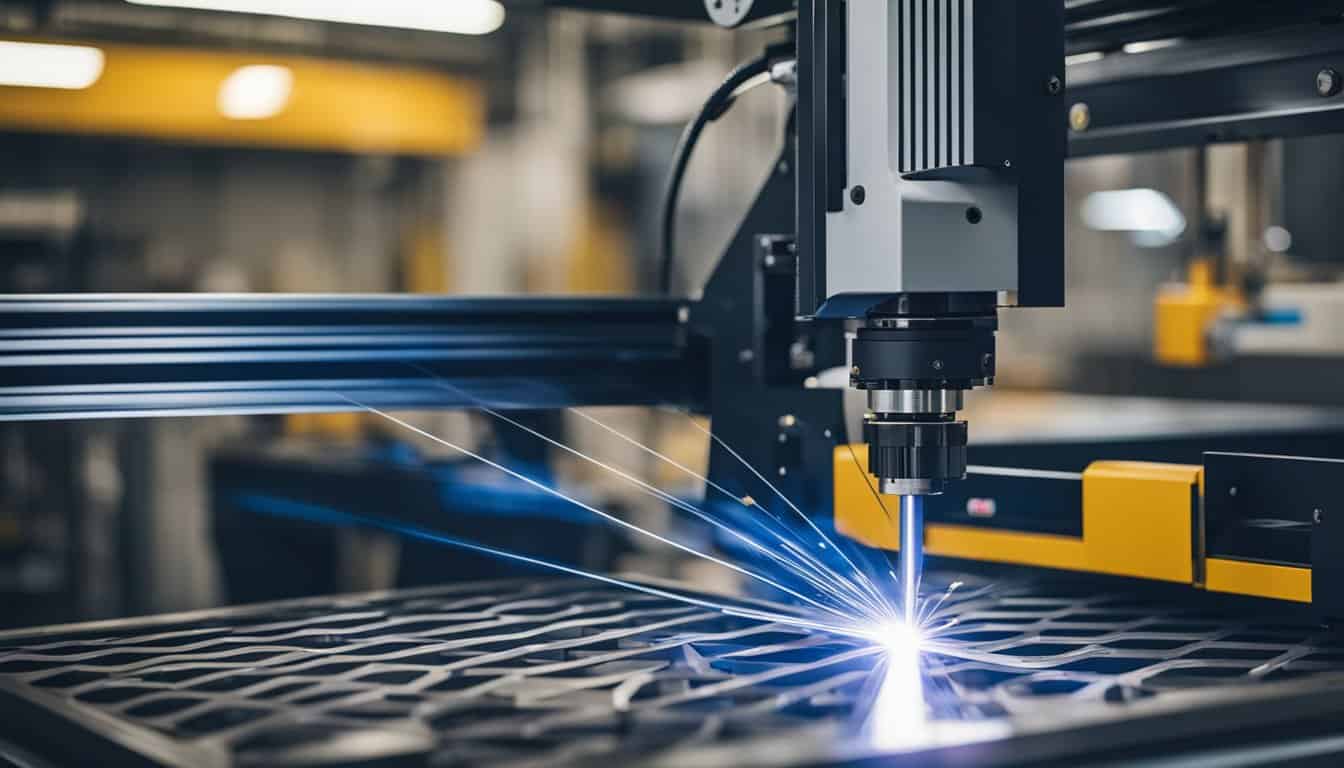
When it comes to marketing and promoting your laser cutting services in Singapore, showcasing your projects and portfolios is a great way to attract potential clients. Highlighting your past work and successful projects can demonstrate your expertise and the quality of your services. You can create a portfolio that showcases a diverse range of laser cutting projects, including intricate designs and unique materials, to impress potential customers and build trust in your brand.
Showcasing Projects and Portfolios
Utilize digital and social media marketing to reach a wider audience. Leverage platforms like Instagram, Facebook, and LinkedIn to showcase your laser cutting capabilities. You can share visually appealing images and videos of your completed projects, behind-the-scenes footage of the laser cutting process, and client testimonials to engage with your audience and attract new customers.
Digital and Social Media Marketing
Networking and industry events are also crucial for promoting your laser cutting services. Attending trade shows, industry conferences, and networking events can provide valuable opportunities to connect with potential clients, industry professionals, and suppliers. Building a strong network within the industry can help you gain referrals and stay updated on the latest trends and innovations in laser cutting technology.
Networking and Industry Events
Future Prospects of Laser Cutting
Laser cutting technology has come a long way in recent years, and it continues to evolve and improve at a rapid pace. The future prospects of laser cutting are exciting, with many new innovations and advancements on the horizon. In this section, we will explore some of the most promising future prospects of laser cutting in Singapore.
Innovation and Research
Innovation and research are two key factors that will drive the future of laser cutting technology. As new materials and applications are discovered, laser cutting techniques will need to adapt and evolve to meet the changing needs of the market. Researchers are already exploring new ways to use laser cutting technology, such as combining it with 3D printing to create complex structures and designs.
Global Market Influence
The global market for laser cutting is expected to continue growing at a steady pace in the coming years. As more industries adopt laser cutting technology, the demand for high-quality laser cutting services will continue to rise. Singapore is well-positioned to take advantage of this trend, thanks to its highly skilled workforce and advanced manufacturing infrastructure.
Potential for Expansion in Singapore
Singapore’s laser cutting industry has already seen significant growth in recent years, and there is still plenty of room for expansion. With the government’s continued support for innovation and technology, Singapore is poised to become a major hub for laser cutting services in the Asia-Pacific region. As the industry continues to grow, we can expect to see more advanced technologies and techniques being developed, which will further enhance the capabilities of laser cutting services in Singapore.
In conclusion, the future of laser cutting in Singapore is bright and full of potential. With ongoing innovation and research, a growing global market, and the potential for further expansion in Singapore, there has never been a better time to invest in this exciting technology.
Frequently Asked Questions
What are the coolest projects you can create with a laser cutter?
With laser cutting, the possibilities are endless. You can create intricate designs, personalized gifts, and even custom furniture pieces. Some of the coolest projects you can create with a laser cutter include engraved phone cases, wooden puzzles, acrylic keychains, and even laser-cut jewelry. With a little creativity, you can transform almost any material into a work of art.
How does the precision of laser cutting enhance intricate designs?
Laser cutting technology is incredibly precise, which means it can cut and engrave intricate designs with ease. Unlike traditional cutting methods, laser cutting doesn’t require any physical contact with the material. Instead, the laser beam melts or vaporizes the material, leaving behind a clean, precise cut. This precision allows for intricate designs and shapes that would be impossible to achieve with traditional cutting methods.
What materials can you transform with laser engraving in Singapore?
Laser engraving can transform a wide range of materials, including wood, acrylic, leather, glass, and even metal. With the right settings, you can engrave intricate designs onto almost any surface. Whether you want to personalize a wooden cutting board or engrave a message onto a metal bracelet, laser engraving in Singapore can help you achieve your vision.
Are there affordable laser cutting services for startups in Singapore?
Yes, there are affordable laser cutting services for startups in Singapore. Many laser cutting companies offer competitive pricing for small businesses and startups. Some companies even offer discounts for bulk orders or recurring projects. If you’re on a tight budget, be sure to shop around and compare prices to find the best deal.
What are the latest advancements in portable laser cutting technology?
Portable laser cutting technology has come a long way in recent years. One of the latest advancements is the development of handheld laser cutters. These compact devices allow you to cut and engrave on-the-go, making them perfect for DIY projects and small businesses. Another advancement is the integration of 3D printing and laser cutting technology. This allows you to create complex designs with both additive and subtractive manufacturing methods.
How can you safely operate a laser cutter for DIY projects?
Safety should always be a top priority when operating a laser cutter. To ensure safe operation, always wear protective eyewear and avoid looking directly at the laser beam. Make sure the material you’re cutting is properly secured and never leave the laser cutter unattended. It’s also important to keep the workspace clean and free of clutter to prevent fires. Finally, make sure you’re using the correct settings for the material you’re cutting to avoid damaging the laser cutter or the material.




